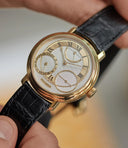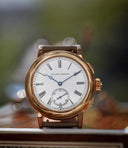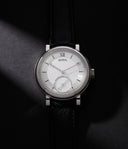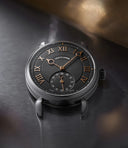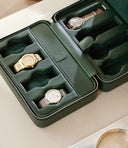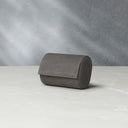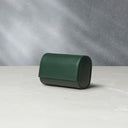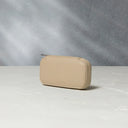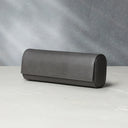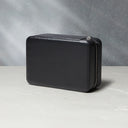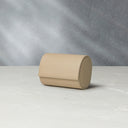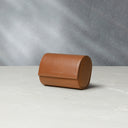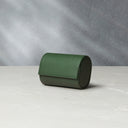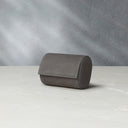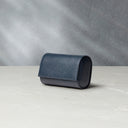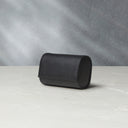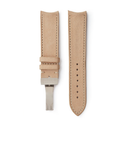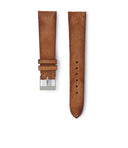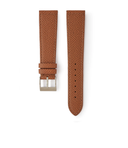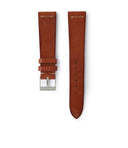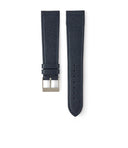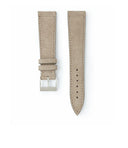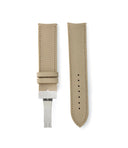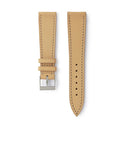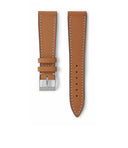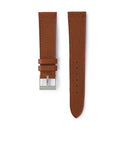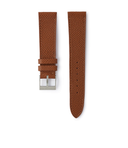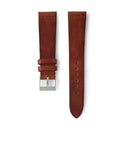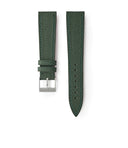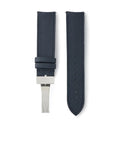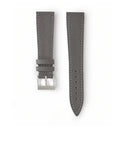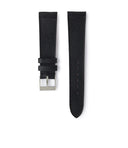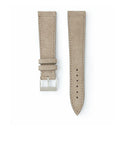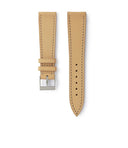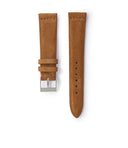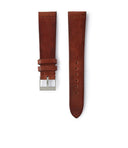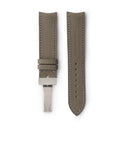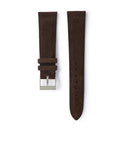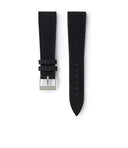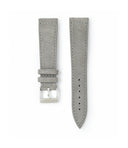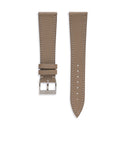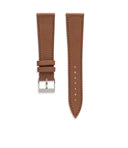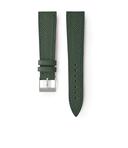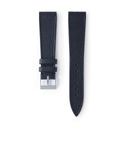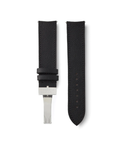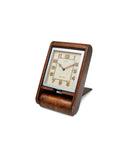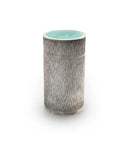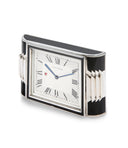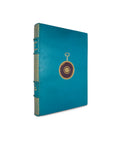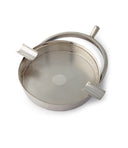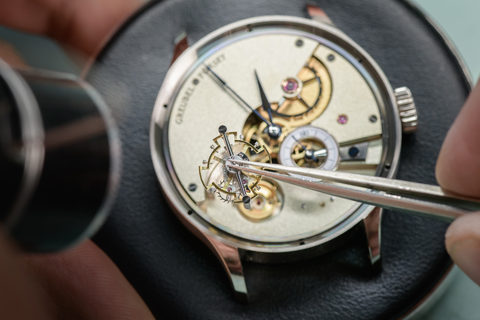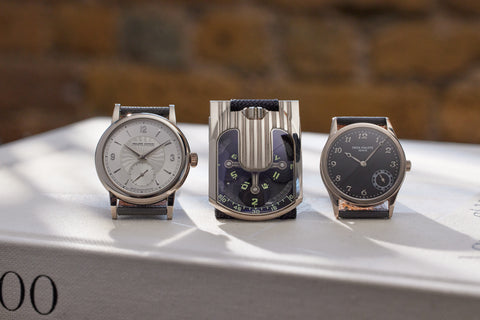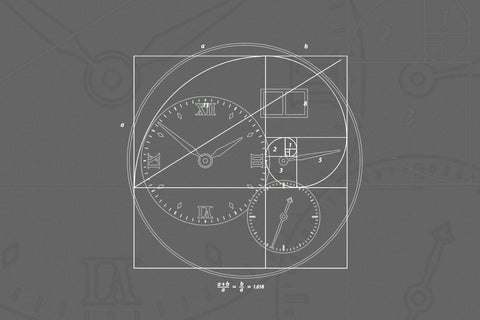Over the course of his 20-year career, Christian Klings has created no more than 20 watches, which includes 12 distinct tourbillon pieces. He grew up in Dresden, East Germany, which was at the time behind the Iron Curtain, and decided to take up watchmaking as it was one of the rare professions that would allow him to work independently under the Communist government of the day. He attended watchmaking school in 1974, before moving to West Germany, and then to California, where he spent 10 years carrying out restoration work. Klings created his first wristwatch in 1996, after a year's work. His original inclination toward independence remains an integral part of his story, as he moved back to Dresden in 2000 and started his own workshop in the small nearby town of Wechselburg.
Here Klings’ crafts the majority of the elements for his watches entirely from scratch. He has professed to be driven by the twin goals of advancing mechanical escapement architecture and adhering to traditional methods of creation.
This Tourbillon holds a special place even within the watchmaker’s small output of pieces. This is because this particular watch does not wear a serial number but is understood to be the second watch Klings’ ever created. The story goes that the maker doorstepped another watchmaker, Thomas Prescher in 2002, introduced himself and said he was hoping to get the latter’s view on his work. Prescher was taken by the quality, both of the parts as well as the sum total.
Says Prescher, “To me, it was clear that this was the work of a master, someone who had the raw discipline to create without aids such as CNC, as many of us did back then. Since I had worked quite a bit with tourbillons, I knew what I was looking at. To me the back corresponded with the front in its aesthetics and finishing, and to have all this in a watchmaker’s second piece, I thought was remarkable. It was a real “wow” moment”.
By way of supporting the fledgling independent, Prescher – who himself was in the process of setting up his eponymous brand – offered to buy the piece. It has remained Prescher’s only personal watch up until now. The other condition of the sale was that Klings would join the Académie Horlogère des Créateurs Indépendants (AHCI) and showcase his work. Klings honoured his end of the deal.
The watch features a 42mm yellow gold case dripping with classicality. Standing 10.5mm tall, it has a rounded, stepped bezel rising from a similarly rotund midcase. This form is only interrupted by the cleft that accommodates the unsigned crown, which has a fluted knurling on its edges and a stepped detail up top. The simple, thin-rimmed display caseback – also bearing a rounded form – is secured by three screws. From the midcase flow the teardrop-shaped lugs, the point at which the two parts meet almost negligible in scale. From there the lugs take on a more pronounced and bulbous form.
The dial is suitably restrained. Brushed and hand-engraved chapters of minute plots and Roman hours are delineated with a sauté piqué rim. Corresponding to them are the heat-hued Breguet-style hands. The central portion of the dial is adorned with hand-turned guilloché with concentric rings emanating from the aperture housing the large tourbillon. A simple plaque bears the engraved C. Klings mark in a modern, san serif font.
The large, 15mm wide tourbillon cage is secured on the dial side by a rounded bridge that has been black polished. The carriage rotates on a jewel that features a gold chaton. Running the periphery of the aperture is a chapter of drilled seconds that adds additional functionality to the tourbillon’s 60 second rotation. The carriage is finely finished, as is the balance wheel with its gold timing weights. Much of this is achieved by hand using lathes and jig drills as Klings' workshop then, as remains the case today, lacks any CNC tools.
The manually wound, single barrel calibre wears a simple but finely finished appearance. The two bridges that share the movement side view have forms that perfectly complement each other. The top bridge exposes the crown wheel – which is alternately polished and solarised – and the mainspring wheel, which is entirely solarised. The click spring, also visible, is black polished. The large central wheel jewel features a gold chaton. Through the cleft between the bridges peek the brass wheels of the going train. The edges of the bridges wear fine anglage embellished with mirror polish. The lower bridge prominently features the third wheel that interacts with the tourbillon. On this side, the aperture is framed by a faceted ring that also secures the third wheel and tourbillon. The pivoting jewel on the tourbillon is of a smaller scale but also ensconced in gold chaton. All screws are heat blued. Finishing the picture is a golden, oval plaque with Tourbillon engraved on it, along with the C. Klings mark. Notably absent is the serial number. The watch bears similarity to Klings' later Tourbillon No. 6, which was individually numbered.
While Prescher attempted to get Klings to retrospectively number the watch, the latter watchmaker responded saying, “Art doesn’t need any comment, it speaks for itself”.
This watch represents the origin of one of the best respected yet enigmatic names in fine, modern independent watchmaking. Klings is understood to have retired and is no longer accepting commissions for new watches.




























































































